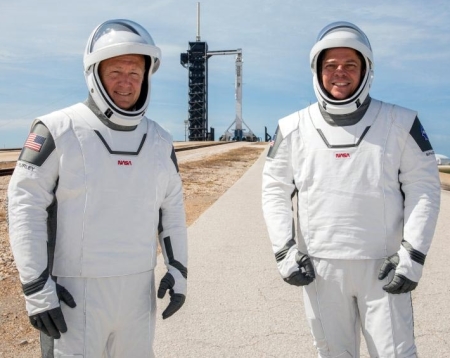Reason 4,326,987 to never use a Google smart phone: Google handed the police the GPS data for every single smart phone that was in the vicinity of a robbery, resulting in an innocent bike rider becoming the primary suspect in a burglary.
The [man’s] lawyer, Caleb Kenyon, dug around and learned that the notice had been prompted by a “geofence warrant,” a police surveillance tool that casts a virtual dragnet over crime scenes, sweeping up Google location data — drawn from users’ GPS, Bluetooth, Wi-Fi and cellular connections — from everyone nearby.
The warrants, which have increased dramatically in the past two years, can help police find potential suspects when they have no leads. They also scoop up data from people who have nothing to do with the crime, often without their knowing ─ which Google itself has described as “a significant incursion on privacy.”
What happens is Google gives the data to the police, with no names attached. If the police see something they think worthwhile, they then ask for the identity of the person in question. Google then warns that person, giving them seven days to defend themselves before handing the police their name.
This type of search stinks to high heaven. If Google really considered this “a significant incursion on privacy” they wouldn’t cooperate with the police. Thus, they are lying if when they say that. Google likes prying into your private affairs, and using that data for its own benefit. In fact, based on Google’s track record, I’m surprised they didn’t demand a payment from this man to prevent the release of his name to the police.
Google, like Facebook and Microsoft, is a corrupt and dishonest company. No one should be doing business with them, and if you are, you should be finding ways to switch to the competition as quickly as possible. This is why I haven’t used Google or Bing to do any web searches in about a decade, using Startpage and DuckDuckGo instead. This is why I abandoned Microsoft Windows fourteen years ago, switching to Linux.
In fact, I think this story calls for a repost of the links to the series of articles reader James Stephens wrote for Behind the Black back in 2016 for getting and installing Linux. If you want to try out Linux, all you really need is a spare laptop or desktop, one or two years old, that you aren’t using any more, and to then follow James’ step-by-step instructions below. I’ve done it now three times. The two laptops I use were bought for $20 and $35 each. I wiped Windows 7 from both and installed my favorite flavor of Linux. And they work as well if not better than any Windows machine.
Find an old laptop you aren’t using any longer and put Linux on it. And stop using Google. It is pure poison.

